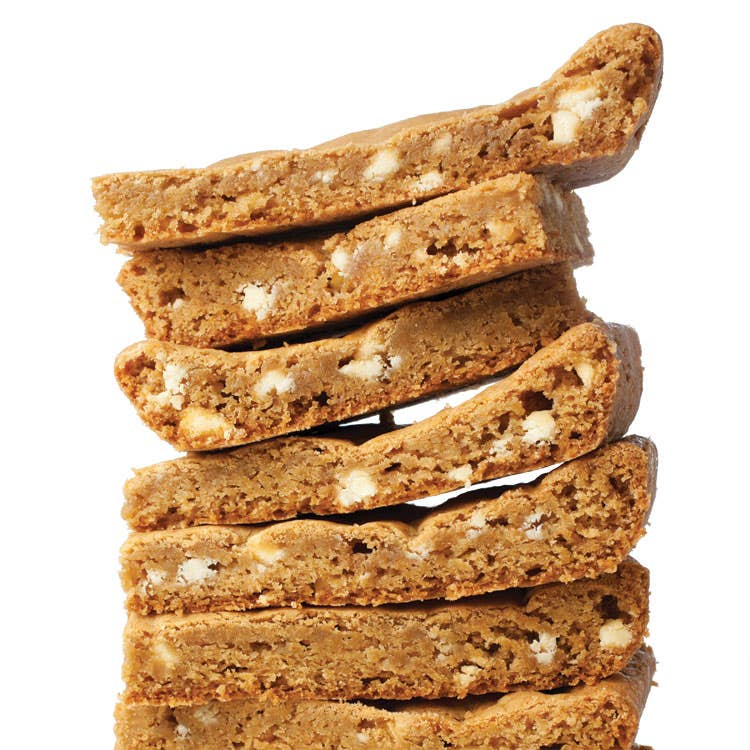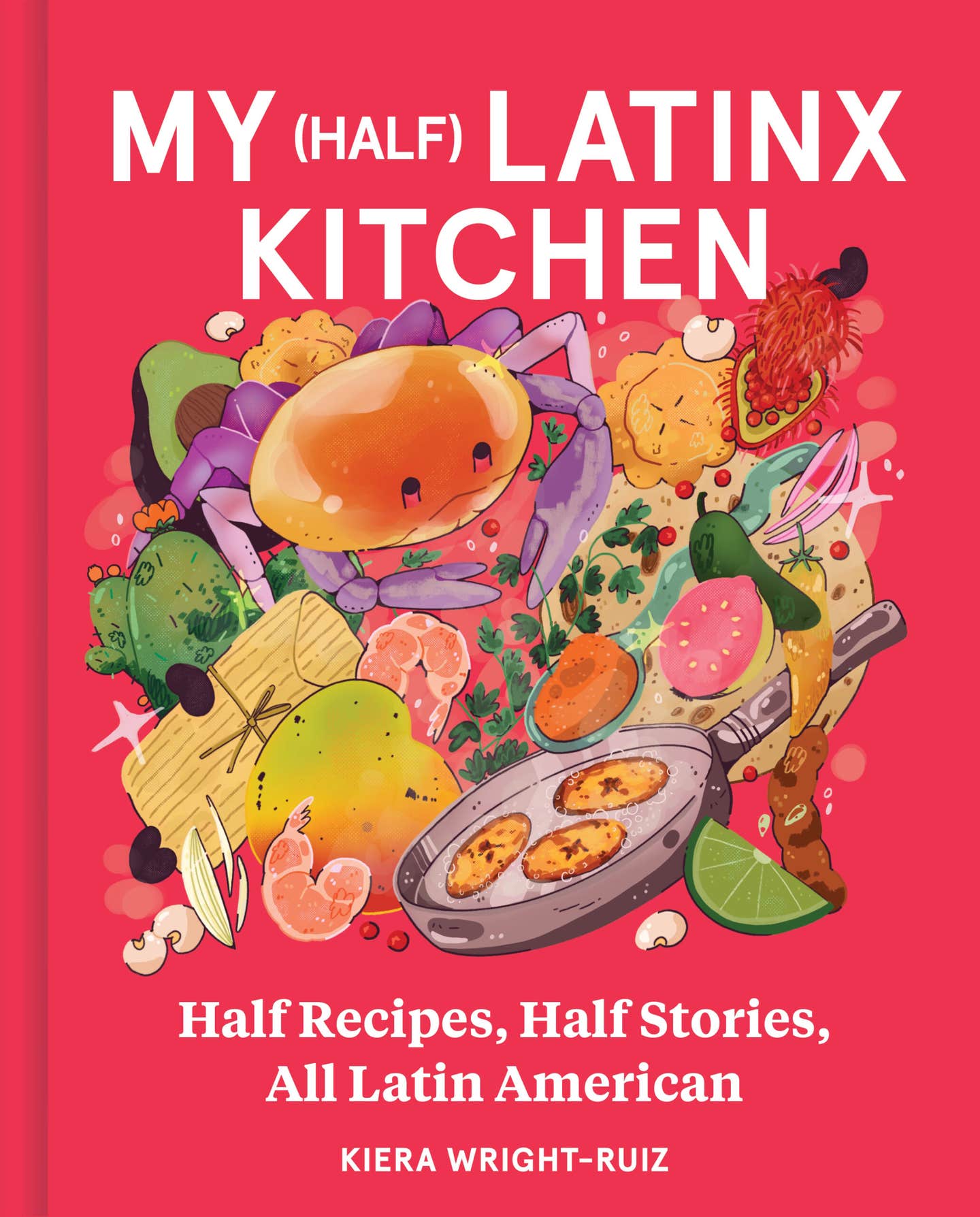
Blondies
In life, they say it's the blondes who always win over the brunettes. Not so with brownies, which have the decided edge over their fairer sisters. I've always been a sucker for a good brownie, the darker the better, and really, who isn't? It's the iconic taste of childhood, right up there with chocolate chip cookies. It wasn't until I got to high school that I met my first blondie. I was highly skeptical. Why was it so pale? Where was the chocolate? But one bite in, and I was hooked, a blondie convert in the deepest way. Like a brownie in shape and texture, it was packed with all the brown sugar and butterscotchy goodness of my beloved chocolate chip cookies, but softer and more substantial. In fact, the inside of a just-baked blondie is just one step removed from raw chocolate chip cookie dough, but better because you can eat it in front of your friends without them thinking you are mildly insane.
Although the origin of the blondie is murky, according to Andrew F. Smith in The Oxford Companion to American Food and Drink (Oxford University Press, 2007), it might well have been the original brownie. The first recognizable brownie recipes in the late 19th century got their hue from molasses. Chocolate was an early-20th-century innovation that quickly became the norm. At about mid-century, molasses brownies became known as blonde brownies. Soon after, the name shortened to blondies, giving the confection its own identity outside the brownie's shadow. The only question is whether they really do have more fun. That's up to the eater to decide.
_
_
Melissa Clark is the author of_Cook This Now (Hyperion, 2011)_
Keep Reading
Continue to Next Story










